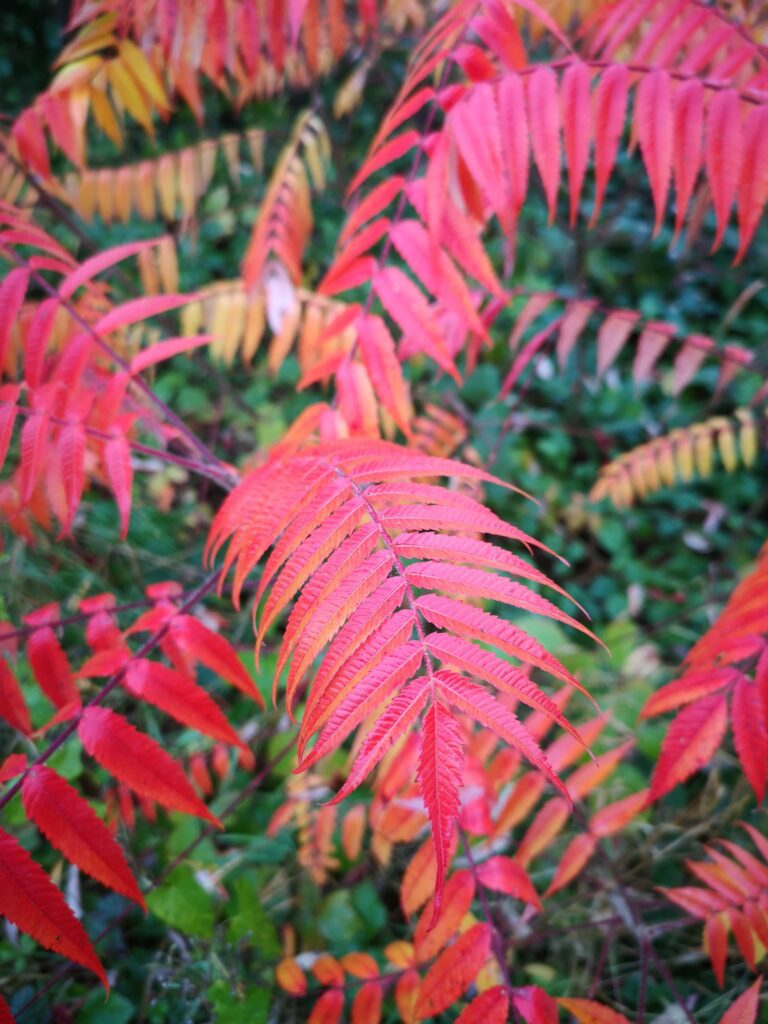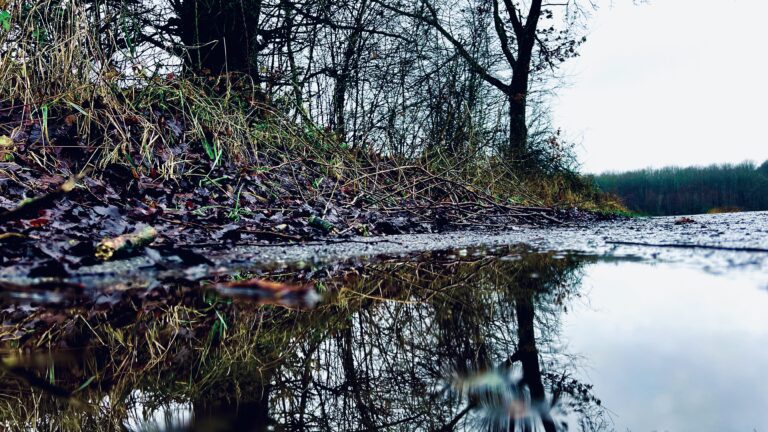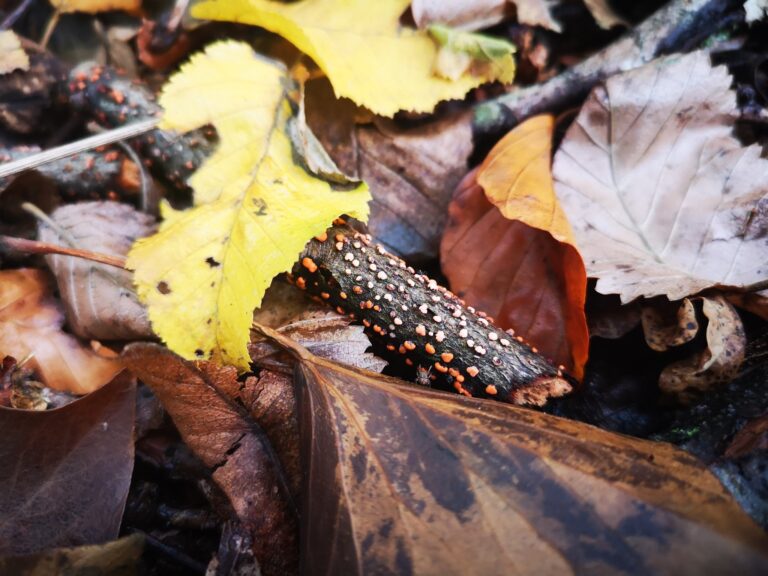Why should you spend more time in the woods with your (grand)kids?
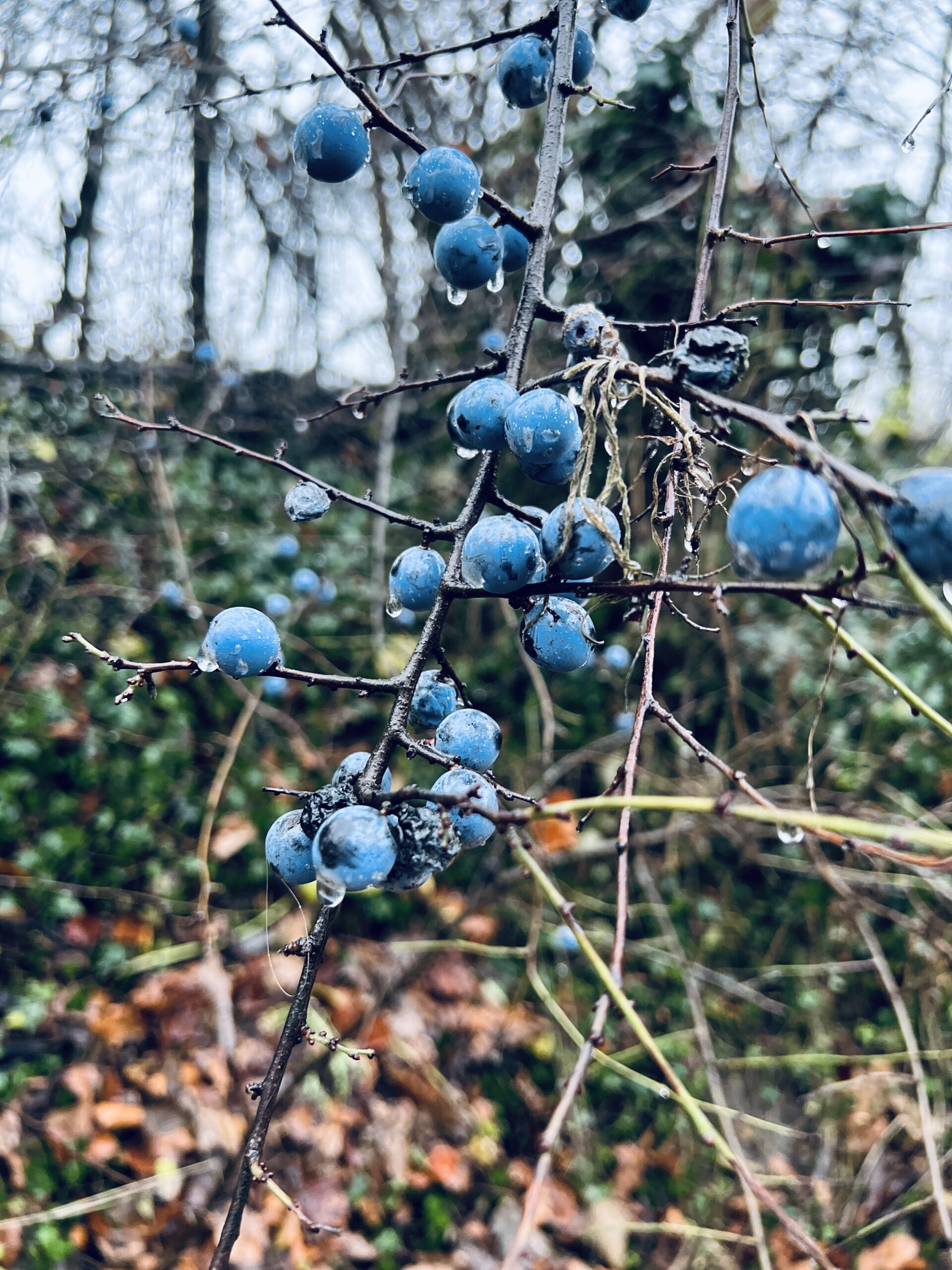
In autumn, there is an incredible amount to discover and learn in the forest and outdoors in general. We see how nature transforms before our eyes and takes another step in its eternal cycle.
While the foliage takes on fantastic new colours from green to yellow, orange, brown and red, and the trees finally shed their leaves, from which enormous but feather-light piles of leaves can be formed, the time of the chestnuts has also arrived. How much fun didn’t we have as children picking up chestnuts and making little figures out of them with toothpicks or throwing them into a big fire, as is traditional at a regional festival in Germany, where they burst open with a loud puff.
While many trees, bushes and shrubs are already shedding their fruit, some of them still survive for several weeks and months and even in late autumn, when everything is slowly becoming bare, they still conjure up colourful splashes in nature. Mushrooms sprout up in fascinating shapes and colours and the scent of the forest has something truly magical about it. With or without children, it does us good to regularly visit the tranquillity of the forest and relax from the stress of everyday life. It is not for nothing that the term ‘forest bathing’ is nowadays known worldwide.
How nature sparks creativity
What I find so great about autumn is the fact that, in addition to its incomparable beauty, nature offers so many opportunities to spend a great time outdoors with children. Activities like a simple walk, hike, bike ride, climbing trees or playing with piles of leaves get kids moving which is super important because it benefits their physical fitness, health, development and overall well-being.
Often you don’t have to go far to experience great things with the kids. It could be your own garden, the nearest forest or the park round the corner. There is always something to discover. In our municipality there are several intergenerational parks with playgrounds, climbing facilities, water features and much more. The park in the village 5 kilometres from us has a small forest-like area where we have spent a lot of time in the past. With stones, sticks, leaves and a little imagination, you can make a shelter, a campfire, a storage area and even the next lunch or a magic potion – and I’m sure you can think of many more things.

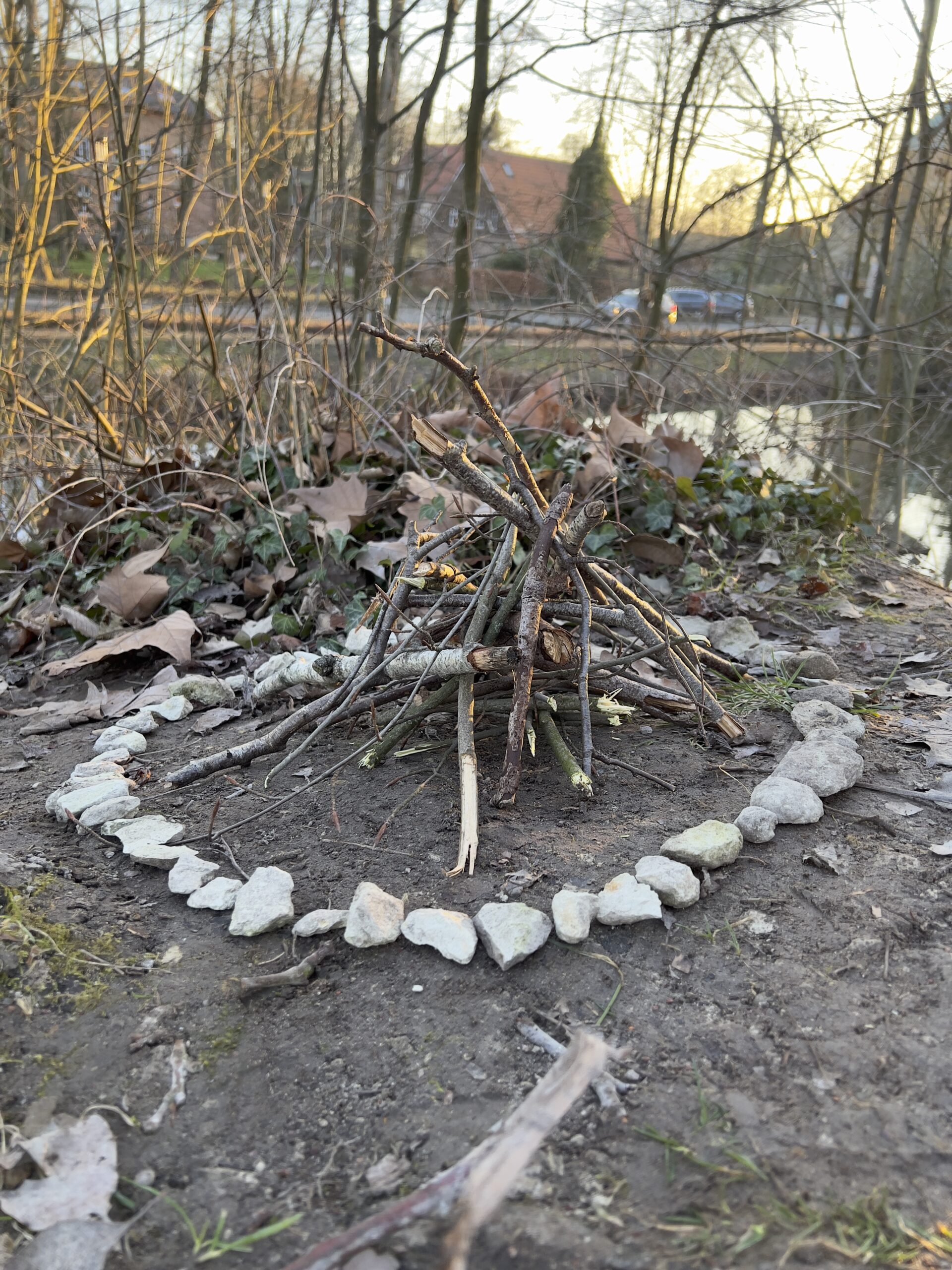


Our favourite activities
All these things, the movement and playing with materials that nature provides us with, appeal to our children’s natural instincts. Children are not made to sit still for long periods of time. They have an incredible urge to move, which we adults, school and technical gadgets such as tablets and the like completely train out of them over time. We should maintain and encourage this urge to move for as long as possible, even if we may find it difficult to motivate ourselves after a hard day at work or in ‘bad’ weather.
Together with my son, I have drawn up a list of things that we particularly enjoy doing in the forest:
- collecting things for decorating, crafting or for the cats: sticks/branches, chestnuts and their shells, acorns, walnuts, leaves and much more
- making piles of leaves or digging in them
- climbing trees
- looking for mushrooms (but not collecting them – we don’t know enough about them for that) and comparing them with each other
- finding the most colourful and unusual plants, leaves and shrubs
- thinking about how certain plants have developed over the year – what was different in spring/summer than it is now?
- looking for and observing animals: insects, birds, squirrels, hedgehogs if possible, spiders, the occasional toad or frog
- playing with natural materials and building things
The connection to nature is formed in the childhood
Spending time outdoors with children and grandchildren helps them develop a deep appreciation for the natural world. They’ll learn about plants, animals, and the importance of environmental conservation and will be more likely to appreciate and protect it in their adult life.
For example, it would never occur to my son to throw rubbish into nature. He learnt right from the start how worthy nature is of protection and that rubbish has no place there. On the contrary, consciously talking about this topic and keeping an eye on nature gives even young children a great impulse to want to do something good for nature. We’ve already gone on several walks through our neighbourhood and often picked up two large bags of rubbish because we’ve realised how important it is to us that nature is not littered and that plants and animals are doing well.
This aspect alone makes it worthwhile to get to grips with nature – something that is of course possible and useful all year round, but gives us even more pleasure in autumn. If you then add to this all the other positive aspects, such as the benefits for health, well-being, physical activity, development, the natural learning environment and all the fun that children and adults can have, then the question is not whether, but when each and every one of us should make the next trip to the forest.


